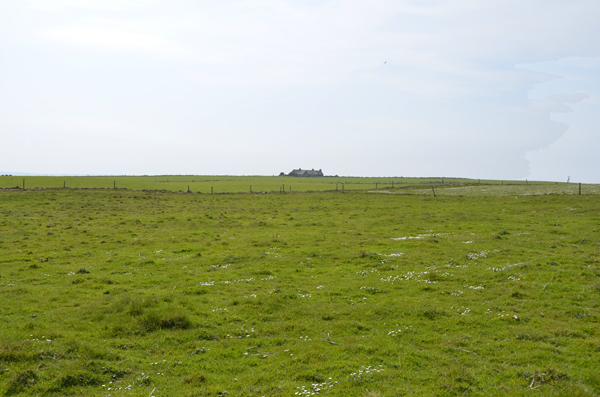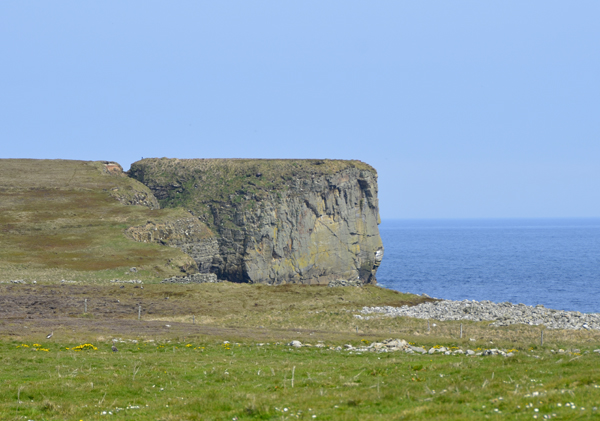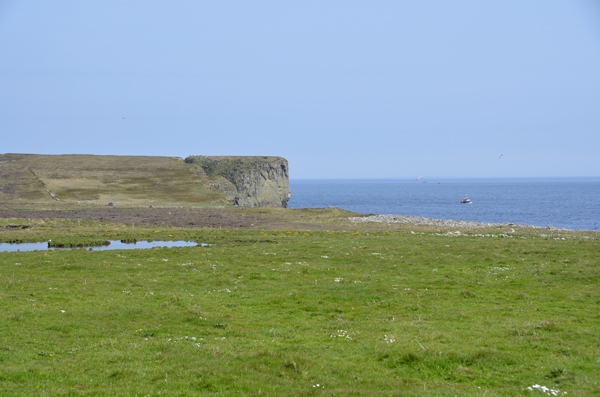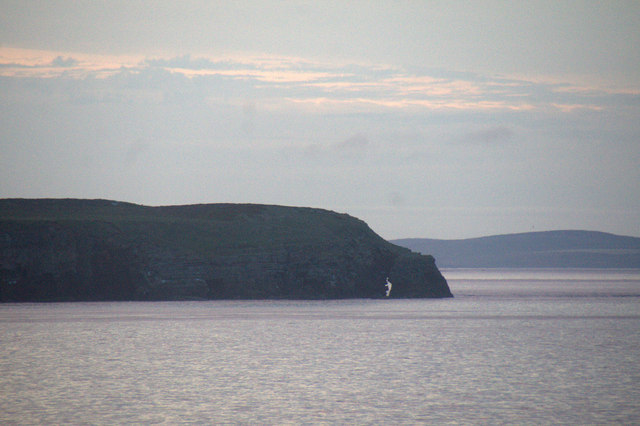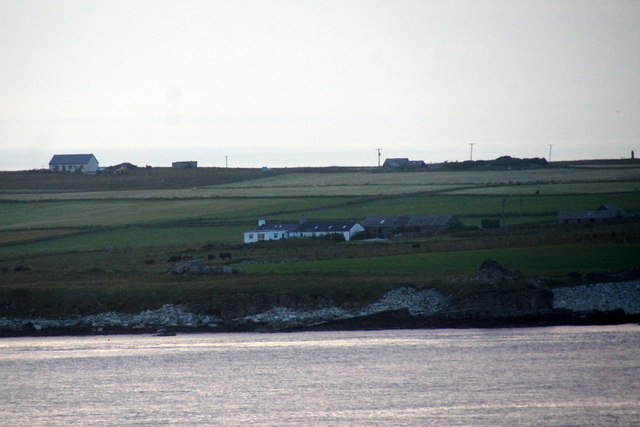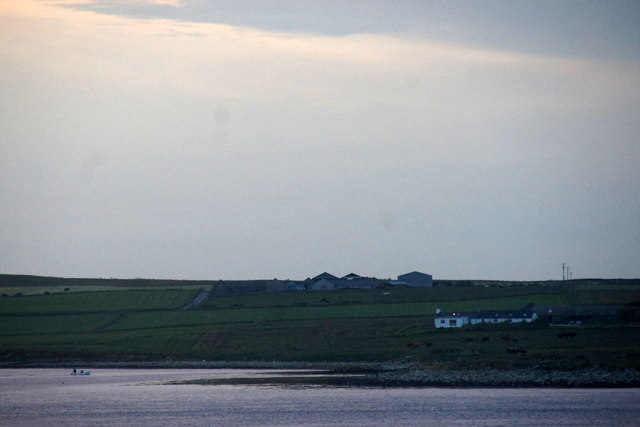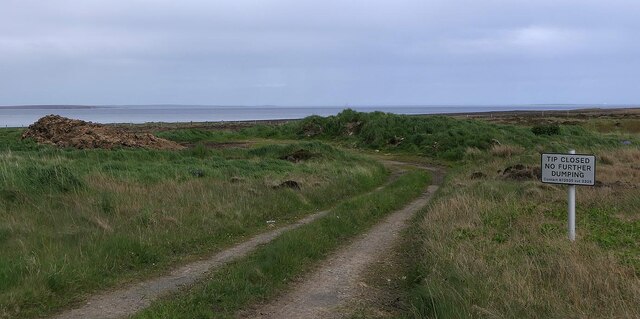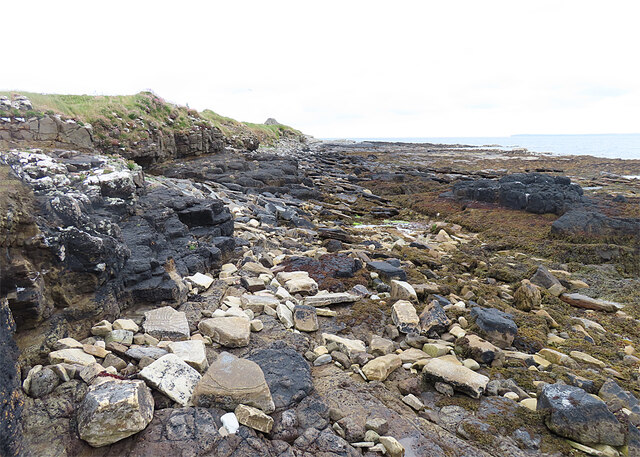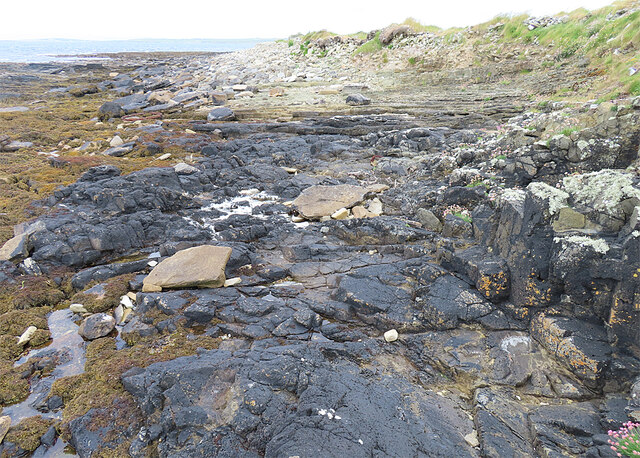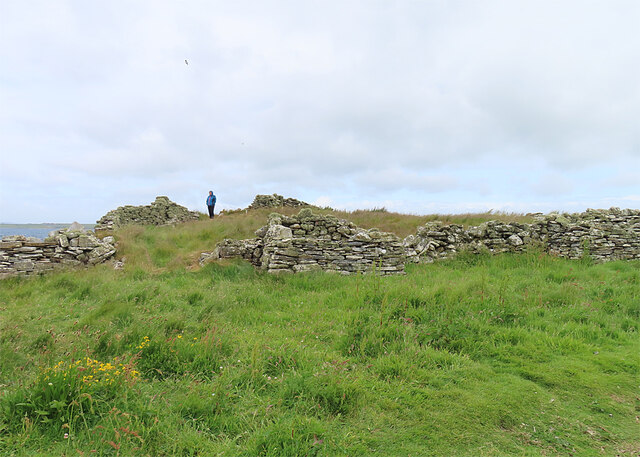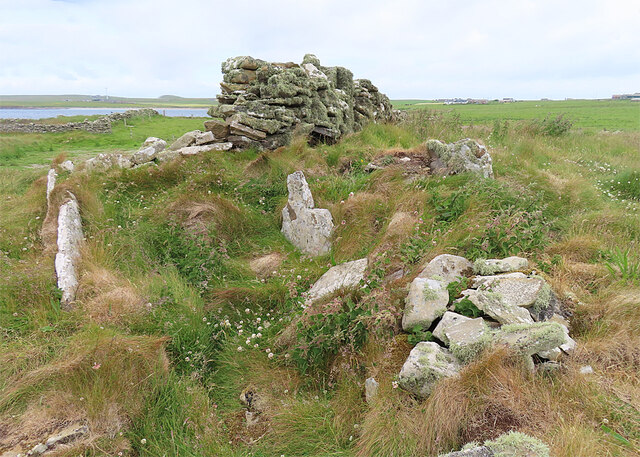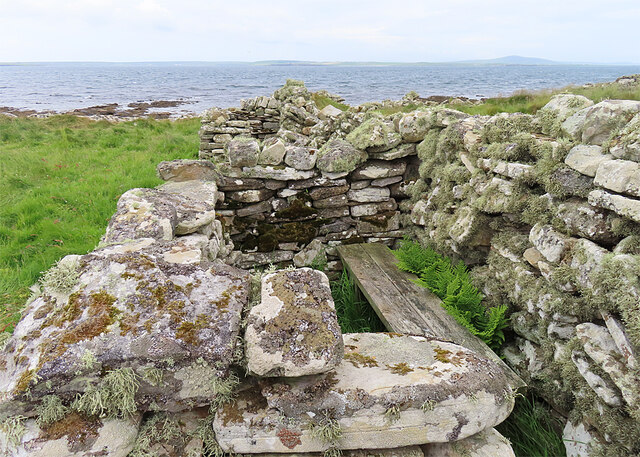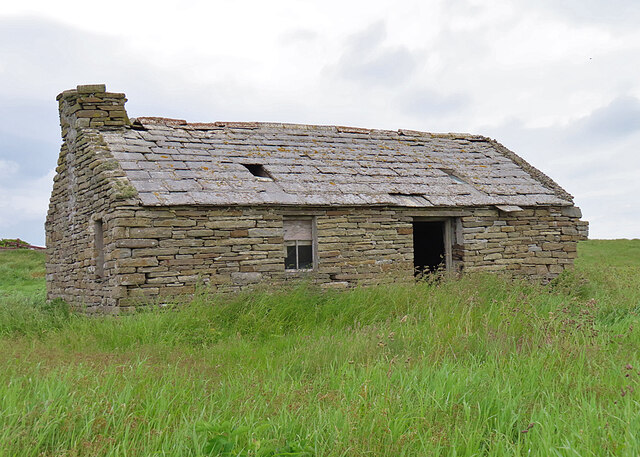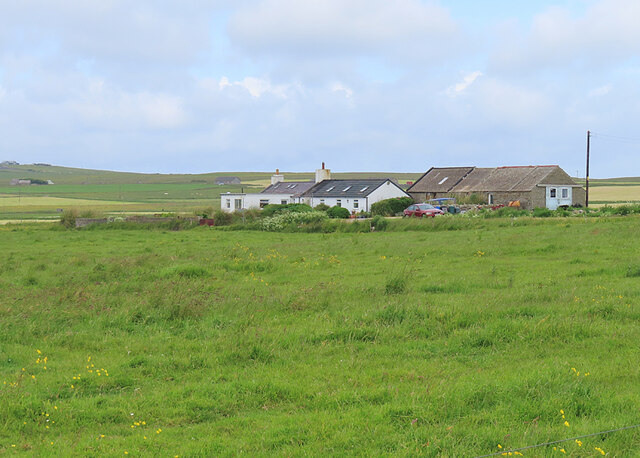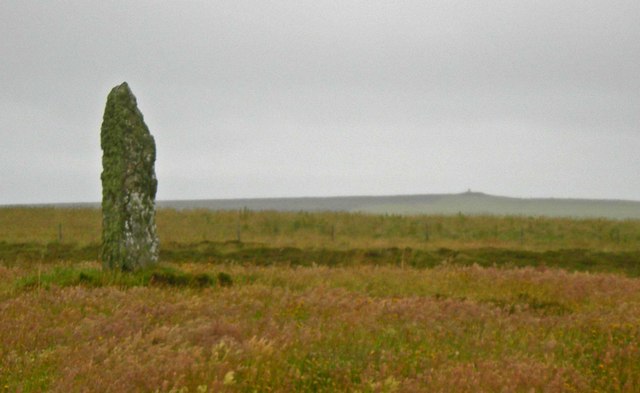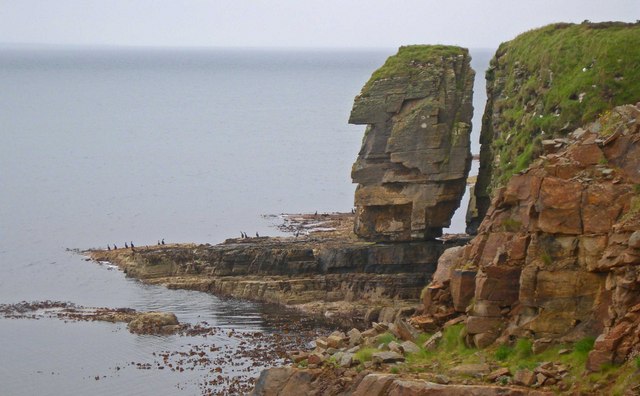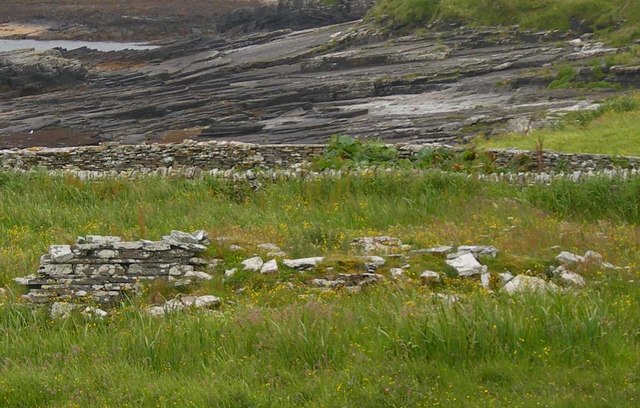The Burg
Coastal Feature, Headland, Point in Orkney
Scotland
The Burg
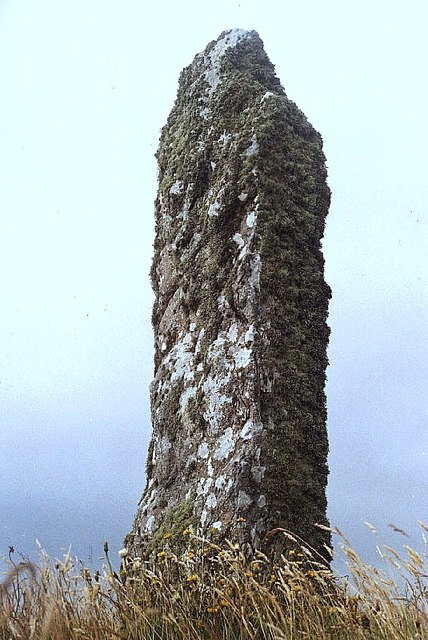
The Burg is a prominent coastal feature located in the Orkney Islands, Scotland. It is a headland that juts out into the North Sea, forming a distinctive point on the coastline. The Burg is known for its rugged and dramatic cliffs, which rise steeply from the sea, offering breathtaking views of the surrounding landscape.
Standing at an impressive height of approximately 100 meters, the cliffs of The Burg are composed of layers of sandstone and shale, giving them a striking appearance. The exposed rock faces showcase intricate patterns and formations, evidence of the geological processes that have shaped the area over millions of years.
The Burg is a haven for wildlife, with its cliffs providing nesting grounds for a variety of seabirds, including puffins, guillemots, and razorbills. Visitors to the area can witness these magnificent birds in their natural habitat, as they glide effortlessly through the air or perch on the cliff ledges.
The coastal path that runs along The Burg offers a spectacular walking route, allowing visitors to explore the headland and experience the stunning panoramic views of the surrounding coastline. The path leads to a viewpoint at the very tip of the headland, where one can marvel at the vast expanse of the North Sea and the distant horizon.
Overall, The Burg in Orkney is a captivating coastal feature that showcases the raw beauty of nature. Its towering cliffs, diverse wildlife, and stunning views make it a must-visit destination for nature enthusiasts and those seeking a memorable experience in the Scottish landscape.
If you have any feedback on the listing, please let us know in the comments section below.
The Burg Images
Images are sourced within 2km of 59.019175/-2.8260681 or Grid Reference HY5214. Thanks to Geograph Open Source API. All images are credited.
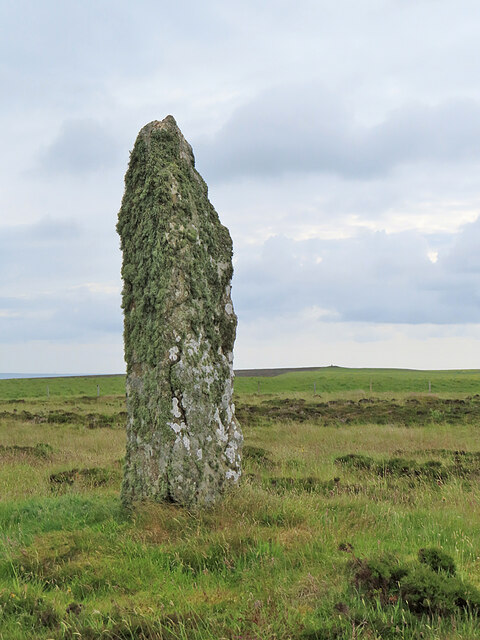
The Burg is located at Grid Ref: HY5214 (Lat: 59.019175, Lng: -2.8260681)
Unitary Authority: Orkney Islands
Police Authority: Highlands and Islands
What 3 Words
///sprays.exploring.computers. Near Balfour, Orkney Islands
Nearby Locations
Related Wikis
Castle Bloody
Castle Bloody is a prehistoric feature on the island of Shapinsay, Orkney, Scotland. Hogan observes that while the feature is marked as a chambered mound...
Mor Stein
Mor Stein is a neolithic standing stone in the southeastern part of the island of Shapinsay, Orkney Islands, Scotland. Shapinsay is one of the two large...
Bay of Linton
The Bay of Linton is a bay on the east coast on the island of Shapinsay in the Orkney Islands, Scotland. To the north of Linton Bay are the headlands...
Linton Chapel
Linton Chapel is a ruined chapel on the east coast of Shapinsay, Orkney (Grid Reference HY5218). The chapel is thought to date as early as the 12th century...
Nearby Amenities
Located within 500m of 59.019175,-2.8260681Have you been to The Burg?
Leave your review of The Burg below (or comments, questions and feedback).
